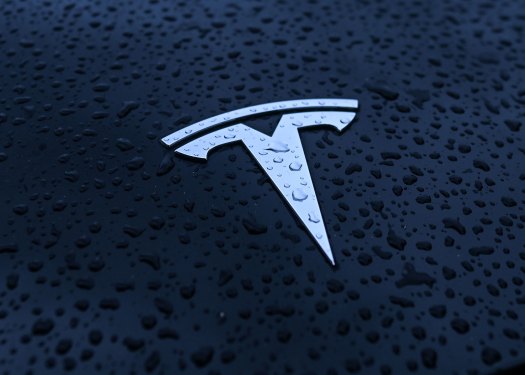The National Highway Traffic Safety Administration has opened an investigation into Tesla’s Full Self-Driving technology. This action follows reports that the software caused vehicles to run red lights or cross into wrong lanes.
The probe identified more than fifty reports of these violations, with four of them leading to injuries. This is one of the first investigations specifically targeted at Tesla’s Full Self-Driving driver assistance software. The NHTSA previously opened an investigation into this software in October 2024 after receiving reports of crashes in low-visibility conditions.
In April 2024, the federal safety agency closed an investigation into Tesla’s less-capable Autopilot system. That investigation identified thirteen fatal crashes related to the misuse of that software. A separate investigation into the effectiveness of the fix Tesla issued for Autopilot remains open.
This new investigation was opened the same week that Tesla released the latest version of the software. Tesla’s CEO, Elon Musk, had spent months promoting this update. The new version is supposed to incorporate training data that Tesla acquired during its limited robotaxi pilot, which is currently underway in Austin, Texas.
The safety agency’s Office of Defects Investigation stated that it has received at least eighteen complaints and one media report. These allege that Tesla’s Full Self-Driving software failed to stop the car or stay stopped at red lights. In addition, the office identified six reports from Tesla under the agency’s Standing General Order for Crash Reporting. This order requires companies to submit information about crashes involving autonomous or partially autonomous cars.
The Office of Defects Investigation said it has already worked with Maryland’s Transportation Authority and its State Police. They are working to determine if some of the red light problems are repeatable, since multiple incidents occurred at the same intersection in Joppa, Maryland. According to the NHTSA, Tesla has already taken action to address the issue at this specific intersection.
The office also stated it had identified eighteen complaints, two media reports, and two reports from Tesla about instances where the software entered opposing lanes of travel during or following a turn. Other violations included crossing double-yellow lane markings while proceeding straight, or attempting to turn onto a road in the wrong direction despite the presence of wrong-way road signs.
Furthermore, the office identified six complaints, one media report, and four reports where a Tesla with the software engaged drove straight through an intersection from a turn lane, or turned from a through lane. Some of the reported incidents appeared to involve the software executing a lane change into an opposing lane of travel with little notice to a driver or opportunity to intervene.
The Office of Defects Investigation opened what is known as a Preliminary Evaluation. This is one of the first steps the agency can take on the way to requiring a recall. The agency said it typically tries to complete these investigations within eight months, although it is unclear if the federal government shutdown would affect the timeline.
Earlier this year, the Department of Government Efficiency reportedly made dramatic cuts to the NHTSA’s vehicle automation safety staff.

